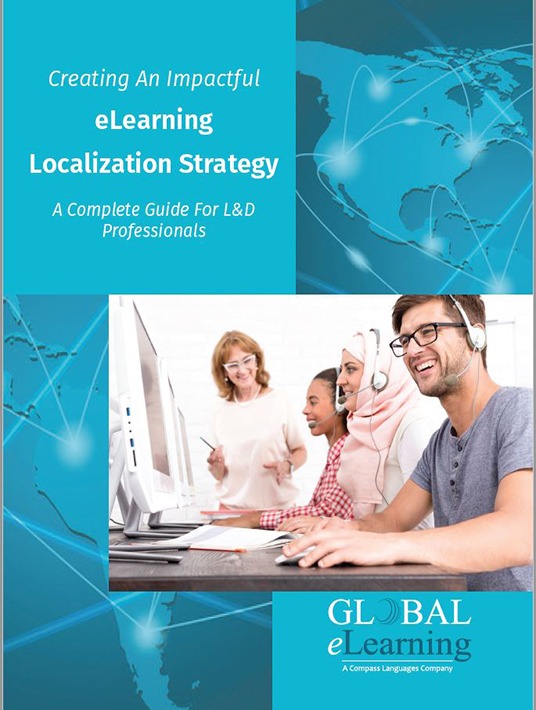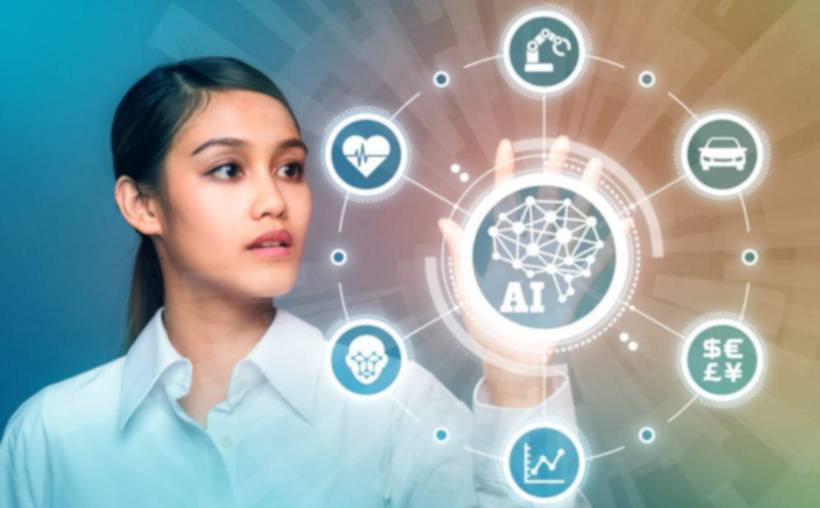Which Localization Technologies Are Essential For A Successful Implementation Of Localized L&D Content?
Without question, a massive amount of effort has been invested in the accumulation of translation data with the goal of real-time and spontaneous communication between two different language speakers as the Holy Grail. Google is the most famous entity identified with this effort, but Amazon, Microsoft, Apple and the Department of Defense are investing very heavily as well.

Pros And Cons Of Potential Applications For L&D
For Learning & Development, the applications can have a stunning impact. Localization costs and schedules can potentially be cut in half. We know that only 1% of the world’s content – where owners specifically want to localize that content into other languages -- is actually accomplished. The limitations of cost (mostly), and to some degree schedule, keep this content contained in its source language.
The technologies of Neural Machine Translation (NMT), Text-to-Speech (TTS) software, and Automated Speech Recognition (ASR) are all in rapid development. The technology catalyst that is driving much of the recent growth (since 2016) is the machine learning capability provided by artificial intelligence applications within software networks. Prior to 2016, our company was highly critical of the output generated by these software translation tools. Now, after two years of research and development, we are convinced that the Holy Grail is not so impossible.
Here is a quick summary of potential applications for L&D:
- Text-to-Speech (TTS)
Replace the human voice actor performing within a studio with a computer-generated voice that will produce an audio recording within minutes. More importantly, recordings can be made spontaneously 24/7 … as well as the re-recordings that may be required to fix missed pronunciations. Text to Speech is often used when demand is greater than capacity. Meaning, the amount of voice over work is greater than the ability to hire human actors. This doesn't mean that all jobs are split up this way; only that some jobs only can be served by TTS. - Neural Machine Translation
An engine capable of providing a translation of tens of thousands of words in a matter of minutes. Because of hundreds of primary languages and thousands of subject matter topics to cover, these engines will likely need some limited amount of human post-editing to achieve the accuracy of today’s human translation output. The new paradigm is to let the NMT engine take care of the basics, and let the experts in culture and nuance add that last bit of linguistic accuracy. This 1-2 approach cuts down on overall time, and most of the time, can reduce the cost as well. We have mature engines that have saved our clients up to 40% of their translation cost in 50% less turnaround time. - Automated Speech Recognition
A software platform capable of taking audio/video files and producing a same-language text script of everything spoken in the recording – again, within minutes. - CMS/LMS/Authoring Platforms
Platforms are in the market, and more coming to the market, that provide some of the engineering functions currently performed by engineers when they re-assemble localized pieces of content into a full-functioning module. This includes functions such as sub-title insertion, synchronization of new audio, and even some accessibility functions.
The answer to the question, “can these technologies be applied to localization projects in the L&D field in 2019?” is yes. Remember that the tools have a long development road ahead to be considered applicable “off-the-shelf”. The output from all tools still require human intervention to correct the significant amount of errors. But the human investment time is about 40-50% less than a 100% human process.
Making The Right Choices For Smooth Implementation Of Localization Processes
It's clear that when technology is incorporated into the localization process, it can speed up translation delivery, but at this time, we must continue to incorporate additional processes to ensure that content is localized for the highest engagement possible. For learning and development applications, in particular, technology must be combined with a solid localization process for compliance, training, and adoption. These factors can have a major impact on employee training, retention, product launch, compliance and more!
The Learning & Development professional is facing a growing demand for global adaptations of corporate training content. Download our eBook Creating An Impactful eLearning Localization Strategy: A Complete Guide For L&D Professionals to discover how a great eLearning localization strategy can help you turn your employees into rising stars and unlock their true potential. It also features tips to go global by launching an engaging program for your multicultural workforce.









